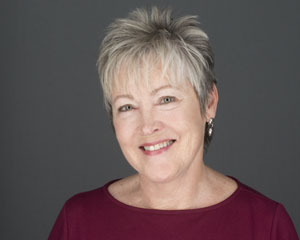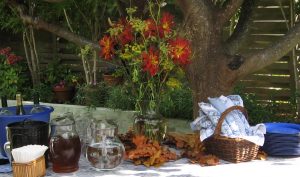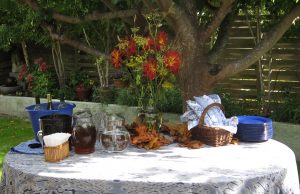
Start at the End

If you haven’t heard of Yotam Ottolenghi, you’ve missed the last 6 years of news and the many cookbooks he has put out inspired by his restaurants in London – from Jerusalem, Ottolenghi, Plenty and Plenty More to the most recent, Nopi, The Cookbook, from the restaurant of the same name.
On May 19th, the New York Times Sunday Magazine had a 10-page spread on him preparing a dinner party with his friends. The article starts out:
“The first thing Yotam Ottolenghi did before he began cooking a late-afternoon feast for family and friends — before sliding the lamb into the oven, before building four salads, before assembling an immense layer cake, before he even started to sort through the mountain of ingredients stacked on the kitchen counters — was to take a look at the china on which the food would eventually be served. “Food styling is what I do best,” he said. “So I start at the end, with the plates and platters. And then I start to cook.”
When I taught private cooking classes in the early 80’s, the first step was always to set the table, to get out the dishes and serving pieces. Once we start cooking and preparing the dishes for dinner, there’s no time to take a break and do that. We start the planning by working backwards. Prep the dessert, the salad and then the entrée. Of course, if the entrée is roasting in the oven for 30 to 60 minutes, we start that first (after setting the table) and then work backwards – depending upon how much time each dish takes – so that all comes out at the same time. This requires thinking it all through to create a plan that assesses the timing to prepare each dish – before starting to take action. I outlined the steps in what order so that all would be ready at the right time.
 This buffet for a summer party is ready for the entree and salad to be set out.
This buffet for a summer party is ready for the entree and salad to be set out.
When I entertain, I design a menu that allows me to be with my guests, not in the kitchen cooking. I prepare the food in advance. There may be something in the oven that I take out just before serving, but everything else is ready to serve, or the salad just has to be tossed with dressing. Usually the night before, I pull out all the dishes for serving, arrange the buffet with the plates for dinner, the flatware wrapped in napkins and placed in a basket, and set aside the dessert plates and forks. I also set up a beverage station with glasses, drinks and an ice bucket. By planning ahead it allows for me to spend time with my guests and not be left in the kitchen preparing while everyone else is partying. Of course, everyone ends up in the kitchen, don’t they?
It’s the same process with events. I start with the end result. What is the purpose of the event? The planning is to ensure that the purpose is maintained throughout every aspect of the event. I just finished a conference that had many parts to it with sponsors, speakers, planning committee, conference staff, hotel food & beverage, speaker rooms, printing of materials, rentals, and much more. My job is to maintain a vision of the end result while planning all the parts and pieces – and so everything comes out at the same time.
Waiting till the last minute is a recipe for disaster, or at least, chaos. An event design principle is – order creates greater calm and peace of mind. Order generates an atmosphere of calm and welcome that guests walk into. If there is anxiousness about not having all parts of the event planned in advance and thus one is rushing about at the last minute – that is the atmosphere the guests walk into. Which is NOT what I want my guests to experience. And . . . it’s all about the experience for the guests.


